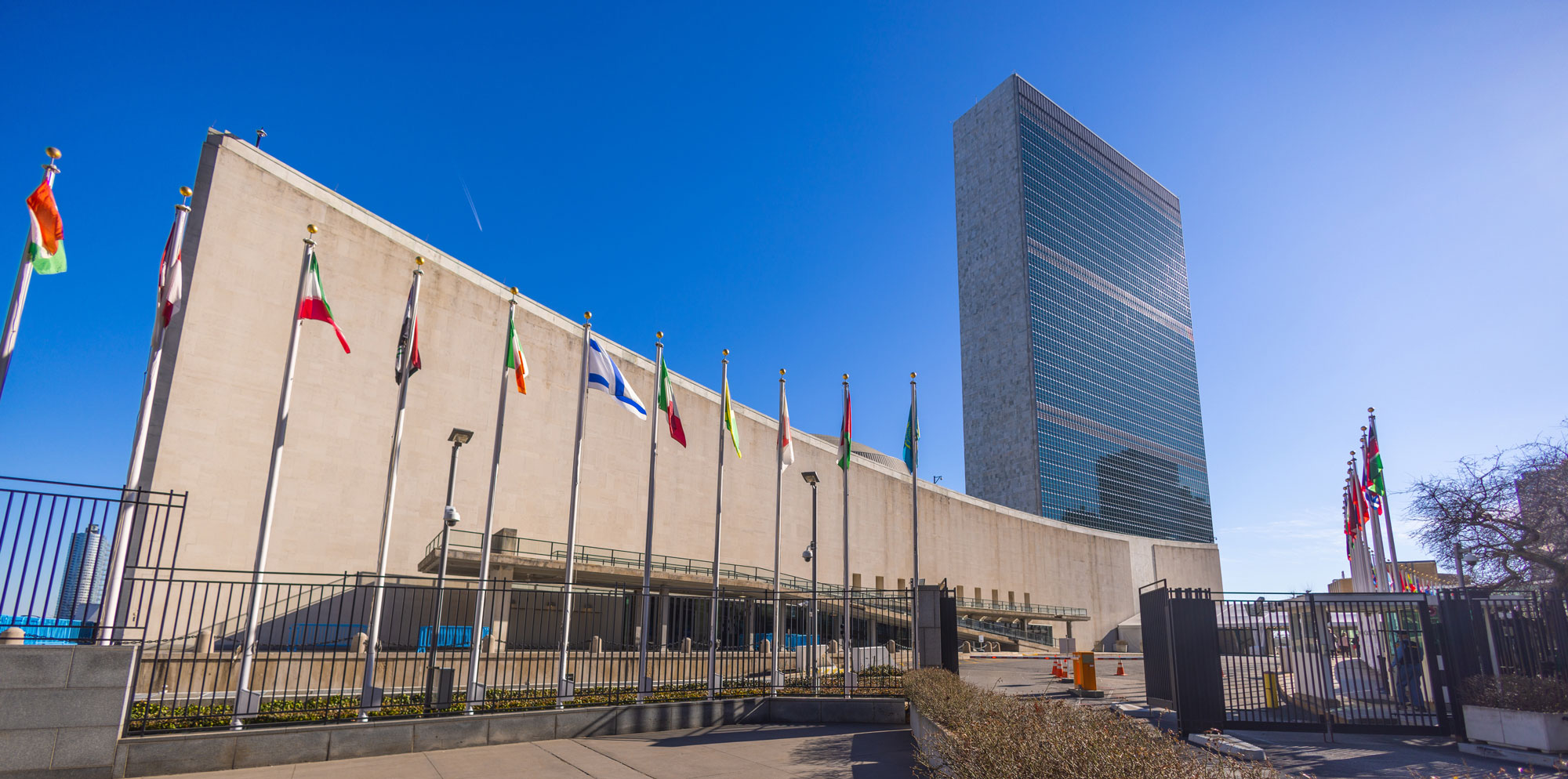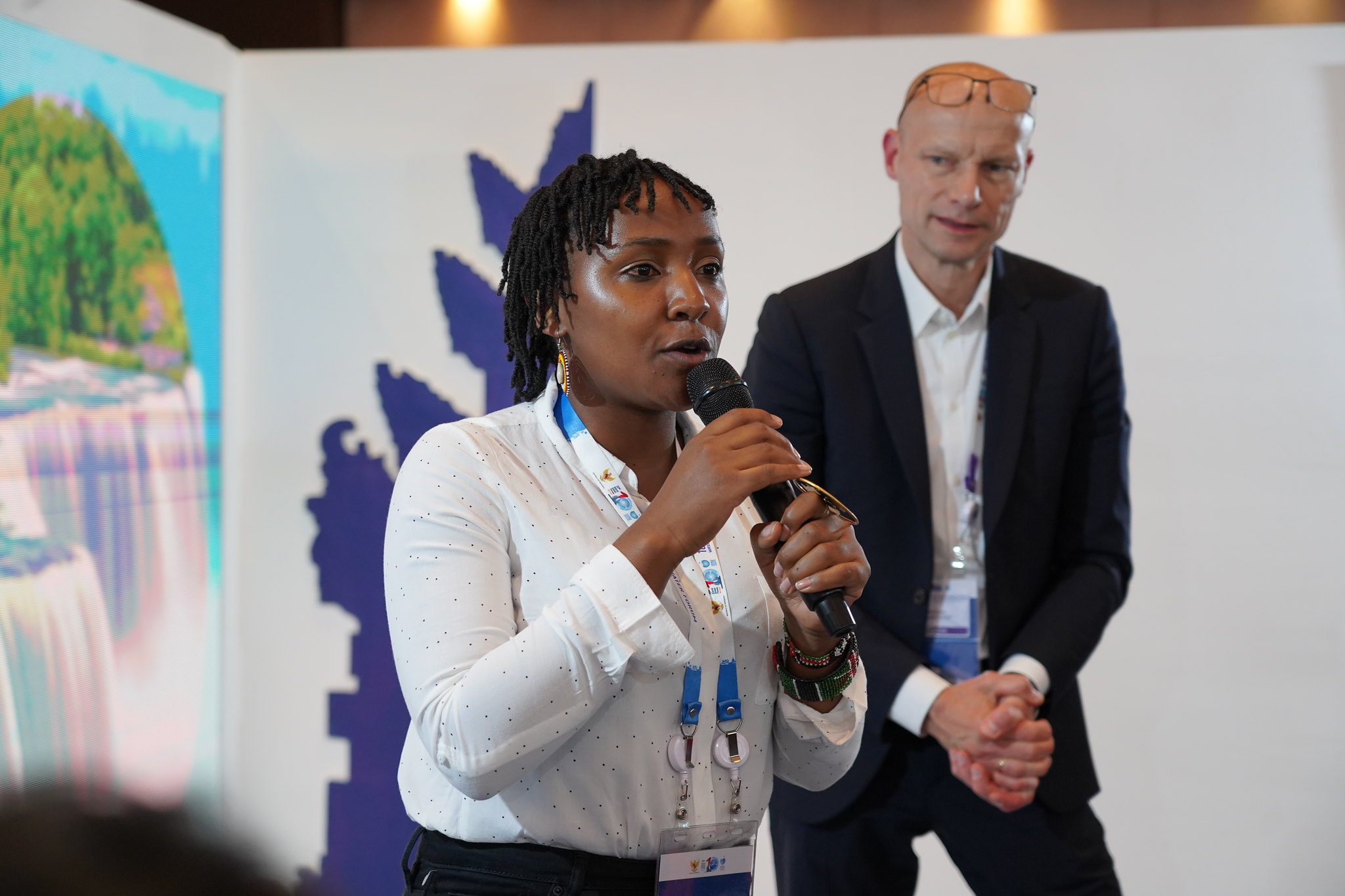- November 21, 2022
financial Nigeria: Fixing the food trade
- Opinion piece
Between rising hunger and the prospect of still more supply shortages, dark clouds are hovering over the global food system. Not only has the war in Ukraine limited access to, and raised prices for, food and fertilizer, but extreme weather events are disrupting production, and economic downturns have diminished people’s ability to afford adequate and nutritious diets. Climate change is fuelling droughts and exacerbating water scarcity, adding to the list of threats facing agricultural production.
Progress in tackling hunger and malnutrition was already stalling before the COVID-19 pandemic. Now, the World Food Program estimates that the number of people facing, or at risk of, acute food insecurity (defined as those who “lack regular access to enough safe and nutritious food for normal growth and development and an active and healthy life”) has increased by more than 200 million since 2019. Key global objectives like the second United Nations Sustainable Development Goal – which commits countries to end hunger by 2030, and to improve nutrition and promote sustainable agriculture – are significantly off track.
Related news

Global Commission on the Economics of Water encourage UN action on governance at Sustainable Development Goal Meeting
At the annual ‘Water Action Agenda Special Event’ at the UN HLPF in New York, Henk Ovink, Executive Director at
Related events

Roundtable on ‘An Intergenerational Water Approach’
The Session aims to hear the voices of young professionals within an Intergenerational Approach framework.
